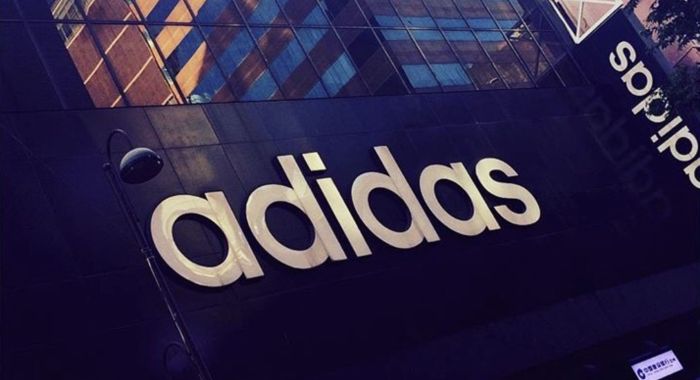On the 26th April 2017, hundreds of young fans hit up the o2 Academy in Brixton. Queues stretched around the block, with signs on the floor depicting that “we are the culture” and entering the building you’d be caught up in the excitement and anticipation of awaiting the appearance of the world’s most current rap group. Recent videos appeared online of the Migos group on stage in America, getting hyped to their well-known track ‘Bad and Boujee’ with a crowd barely interested in what they were looking at. Let me tell you, Migos in London was the complete opposite end of the spectrum of entertainment. Playing hits from their debut album ‘Culture’ including ‘Kelly Price’, ‘Get Right Witcha’ and ‘T-Shirt’ Migos had the crowd pumped to an insane level. The show was sold out, and although they could have prolonged their presence on stage a while longer, they definitely kept fans wanting more.
Migos are stuck holding an uncanny position in their landscape, in the past five months since they’ve blown up. Maybe you knew them since ‘Bando’, maybe you needed Drake to Versace their remix, maybe the words “rain drop” mean less than nothing to you. Irrespective of that, Migos are currently holding the spotlight in the rap game. They excel as a unit. If you’ve seen videos of the group rapping a children’s book over the beat of ‘Bad and Boujee’ its distinctively clear how well the individuals play off each other, the adding of ad libs—the teamwork—is like watching a team of scientists in a laboratory.
In January, they dropped their first chart-topping album, Culture, and their first-ever no. 1 single, “Bad and Boujee.” YouTube views rack up to 30 million and they sell out shows. These achievements are the group’s biggest coup yet. Once regarded as just the latest Atlanta radio fad, the trio have proved to be surprisingly durable in the mainstream. Migos have a vice like grip on their influence on today’s sound. Melodies and flows created by the group are fed into the veins of trap culture, but is this a trap in itself? Quavo displays an incredibly uncanny ability to turn anything into a viral hit. The swagger in his rhyming and the undeniable charisma in his tone and melodies suggest he could be destined for bigger things than his counterparts. Jumping on tracks with Chance The Rapper, Travis Scott, Young Thug and Ty Dolla Sign he seems to be everywhere and this is just where he wants himself.
The extra activity of one member is reminiscent of other rap groups with a single breakout artist taking the lead and ultimately paving their own way for a solo career. In the original Rich Gang, it was Young Thug. In Rae Sremmurd, it’s Swae Lee. However, nothing currently hints at a breakup of the group even though Quavo has taken to moonlighting way more frequently, and far more prominently than his partners. There are both subtle and prominent variations between the three members, and each voice, flow and presentation must be studied to understand the differences. Takeoff is the romantic; yes, all the guys rap about love and lust, but the youngest Migo is the least crude in doing so, and the most likely to make a decent impression on a shorty’s parents. Offset is the burly loudmouth who charges into his verses with flames splashing from his mouth, and he speaks with the deepest, harshest voice. And then there’s Quavo, the cutest Migo with the brightest smile, the easiest voice, the goofiest lyrical concepts, and — most importantly — the fiercest hustle. It’s that latter advantage that’s effectively made Quavo the group’s ambassador, if not actually its team captain.
There’s a haphazard proficiency to so much of Quavo’s rapping, evident since we first heard him open the original version of the Migos’ breakout hit “Versace” by repeating the name “Versace” 38 times. Who’d have guessed that the same artist would quickly become one of the most capable rappers of his generation? Mid-air, there’s no trick his voice can’t pull off. His flows are rockets, they’re taking him places.

